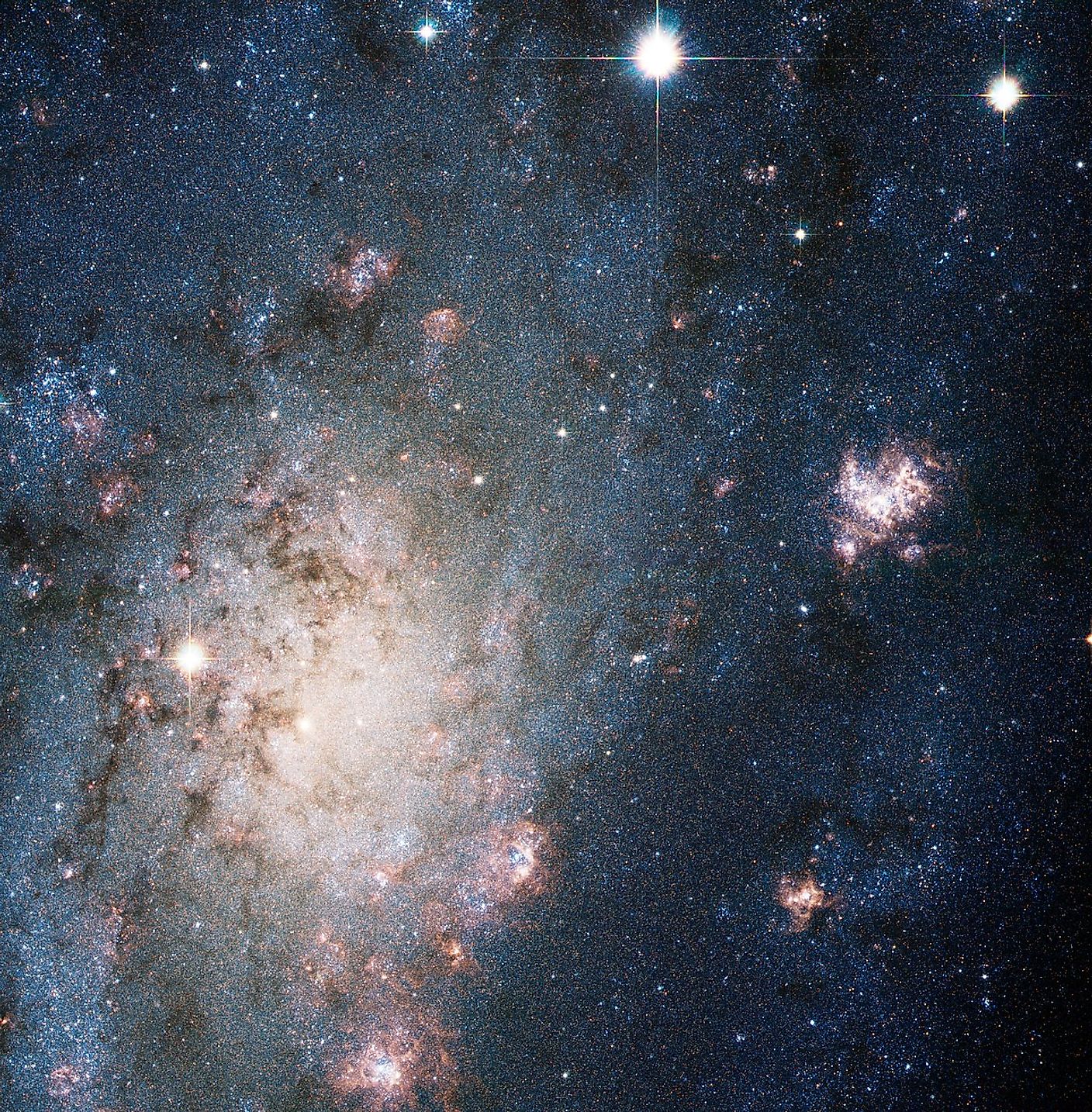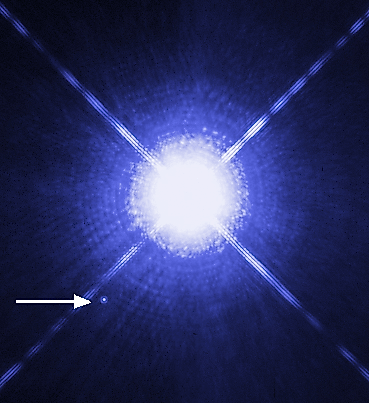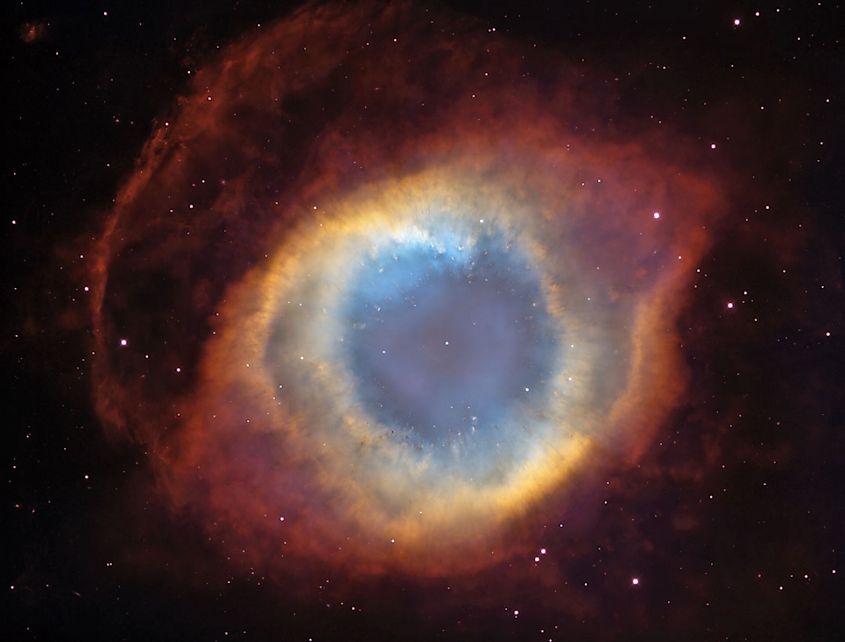
What Is A White Dwarf?
Once a star forms, its days are numbered. Every star will eventually cease to exist, with the outcome dependent upon the mass of a star. For stars that are the same mass of our sun or smaller, they will eventually become what’s called a white dwarf. What is a white dwarf and how does it form?
Death Of A Sunlike Star

Every star in the universe is powered by the fusion of hydrogen nuclei in its core. Temperatures and pressures within a star’s core are high enough that individual hydrogen nuclei can fuse together to form helium nuclei. This process of nuclear fusion generates a tremendous amount of energy. This nuclear energy from the core moves outwards and counteracts the inward pull of a star’s gravity, causing the star to exist in a state of equilibrium. For stars like our sun, there is enough hydrogen for nuclear fusion to continue for many billions of years. Although every star contains a vast amount of usable hydrogen, no star contains an unlimited amount. Eventually, the hydrogen runs out and the state of equilibrium is broken.
When the balance between nuclear energy and gravitational energy ends, the gravitational pull of a star takes over and the star begins to collapse in on itself. For medium-mass stars, this process of contraction causes temperatures and pressures within the core to build up until helium can be fused into heavier elements. Helium fusion generates a tremendous amount of energy that again, counteracts the star’s gravity. The star begins to expand, increasing its diameter many times larger than it once was. The star becomes a red giant. Interestingly, although the size of the star increases, its mass does not increase. As the star swells, its gravity is not strong enough to hold everything together. The red giant gradually blows off its outer layers, forming a shell of stellar material called a planetary nebula. During this process, what is happening to the core of the star?
Formation Of A White Dwarf

Helium fusion within the core of the star goes through a process called the Triple-Alpha Process, wherein the fusion of helium nuclei eventually gives rise to oxygen and carbon. The star’s core will not have pressures or temperatures high enough to fuse carbon and oxygen, and so they build up in the core. At this point, the star will have lost all of its outer layers, leaving behind its core which is now composed mostly of carbon and oxygen. The core has become a white dwarf. The extreme pressures in the star’s core will have compressed the core of the star until it is no larger than the Earth in size, yet the newly formed white dwarf will have a mass similar to the sun.
Type 1A Supernova
Every white dwarf in the universe has a limit to how massive it can be. That limit, called the Chandrasekhar Limit, is about 1.4 solar masses. If a star is more massive than 1.4 suns, it will bypass the formation of a white dwarf and instead either form a neutron star or a black hole. However, what happens if a white dwarf becomes more massive than 1.4 suns after it has formed? If a white dwarf happens to orbit another star in a binary system, it will gradually steal material from the other star, increasing its mass in the process. If the mass of the white dwarf exceeds 1.4 solar masses, it will undergo a runaway thermonuclear reaction and explode in a gigantic explosion called a Type 1A Supernova. Since every white dwarf has the same upper mass limit, the energy generated from every Type 1A Supernova will be the same, allowing astronomers to use these supernovae as standard candles, which can be used to determine the distances to other galaxies.











